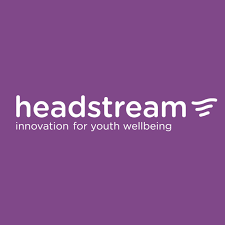 Dec. 22, 2019 With the world in need of joy juice to focus on visionary solutions over dire planetary predictions, youth particularly are impacted knowing they’ll be around the longest and are feeling the most helpless, so it’s important to “Look for the Helpers” as Mr. Rogers famously said, and give a salute to “positive picks” that are making waves and pushing toward a ‘sea change’ with an urgency of actions that uplift and inspire us all.
Dec. 22, 2019 With the world in need of joy juice to focus on visionary solutions over dire planetary predictions, youth particularly are impacted knowing they’ll be around the longest and are feeling the most helpless, so it’s important to “Look for the Helpers” as Mr. Rogers famously said, and give a salute to “positive picks” that are making waves and pushing toward a ‘sea change’ with an urgency of actions that uplift and inspire us all.
Enter Headstream, the youth focused accelerator powered by Second Muse and supported by Melinda Gates’ Pivotal Ventures that is challenging all to take direct, problem-solving actions that promote adolescent mental health and lend a hand to pull out of the quicksand in what has become a worldwide wellness issue, according to the World Health Organization.
Let’s face it, many adults are still in ‘shock and awe’ over youth mental health statistics…
With media coverage lurching from sweeping catchphrases like “The Kids are Alright” to the direct opposite narrative that kids are in a profound existential crisis, the whiplash inducing polarity can be daunting.
That said, both lenses feel right to me.
The Kids Are Alright…Sorta.
Granted, youth leaders are taking the global stage demanding their voices be heard, from passionistas like Greta Thunberg and her clarion call for reversing our climate emergency to the powerful student led March for our Lives gun violence protests shape shifting the public health dialogue…
But when an entire generation is placed in the unconscionable position of cleaning up adult made messes with “clean up on aisle three” regularity, there’s bound to be depression spirals beyond adolescent angst…
This generation is faced with policy and practices impacting their physical and emotional health daily, amplified and virtually inescapable due to social media’s emergence as a digital mega-microphone.
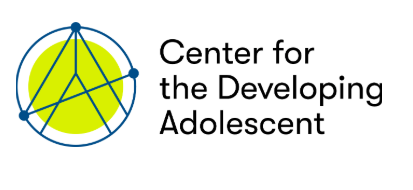 Recently, Center for the Developing Adolescent wrote a piece nudging toward the digital query that focuses on how tech plays into adolescent mental health, citing the mixed research on the impact of screen time, social media and such…
Recently, Center for the Developing Adolescent wrote a piece nudging toward the digital query that focuses on how tech plays into adolescent mental health, citing the mixed research on the impact of screen time, social media and such…
Headstream is about viewing this digital connection as a given and then finding fresh ways to create more meaningful forms of support for youth, particularly for teens of color, girls, LGBTQ+ and underserved communities. Not to get too wonky, but their systems thinking around digital wellness and inclusion has me the most excited, as they’ve done their research homework on the ways media loops can swirl into both positive and negative directions, focusing on interventions and ways to shift the channels of influence in favor of healthier outcomes.
Growing Up Digital Is Tricky
Without a doubt, online hubs, digital activism and social media platforms can raise youth voices loudly and unify diverse, disenfranchised segments to forge forward with community building and support…But the same digital spheres can also amplify the angst as teens sort out relationships, identity, desires, and how they choose to walk through the world, leaving some soul-stomping digital footprints along the way.
Headstream caught my eye for the unique WAY they’ve reimagined the roles social technology can play and vaulting beyond ‘one and done’ style hackathons that are often bursts of like-minded energy without sustainable execution.
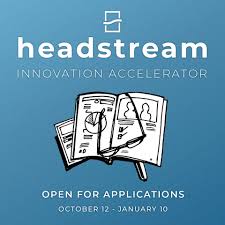 For starters, they’re asking the right questions and asking youth directly. This seems like a no brainer, but you’d be surprised at how many well-meaning organizations talk ABOUT youth rather than WITH youth.
For starters, they’re asking the right questions and asking youth directly. This seems like a no brainer, but you’d be surprised at how many well-meaning organizations talk ABOUT youth rather than WITH youth.
It’s one of the reasons I’ve written about the youth-centric panels and practices at YTH.org (youth tech health) for a decade, as they continue to meet youth where they are and explore technologies to problem-solve for specific needs, or iterations of Oakland’s Black Male Achievement Startup weekend or the exciting early days of the She’s Geeky “unconferences”…all build upon a specific need, and youth mental health is no exception.
The format for their challenge appeals too…Rather than a quick day of brainstorming, a weekend of ideation, or even six weeks of an incubator, Headstream launched a SIX month accelerator program with a two-tier track, challenging innovators either to “Reshape Digital Places and Experiences” or “Build Wellbeing into the Digital World” in service to the larger lens of a clearer, healthier 2020 vision for youth wellness:
“How can we ensure that social technologies support teens in their social development and wellbeing?”
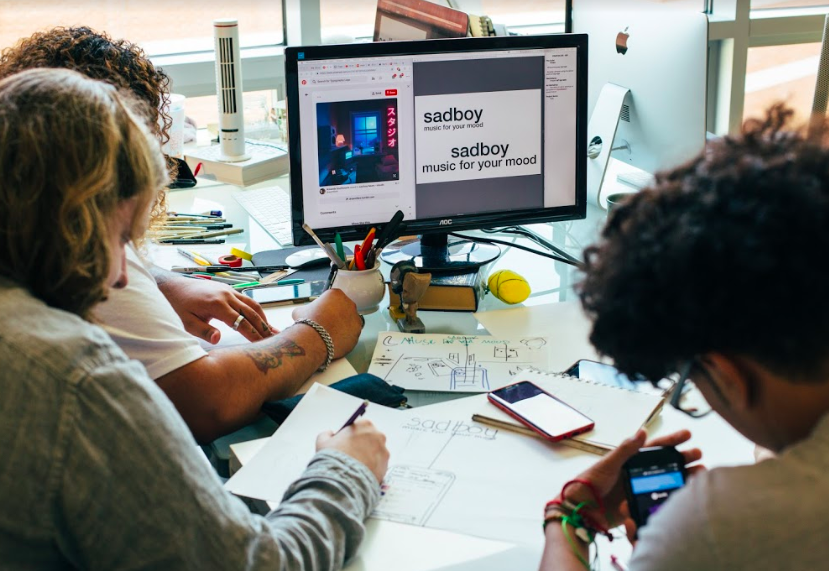
Tech challenges have rightly been scorched for being more about making money than solving problems, with umpteen convenience gizmos and dating apps and very few wellness solutions.
Headstream seems to be the converse of that, ditching the quick fix, fast to market ‘there’s an app for that’ mentality in favor of a deeper dive to do work that actually matters. It’s refreshing to see a more intentional, long game addressing youth mental health, with mentoring, modeling and the merging of experts to give developers the support structure they need to build and scale effectively. Example?
Their partnership with Hack Mental Health and Hope Lab among others bring together best practices at the onset, with “office hours with experts” and tips on building a mental health startup and how to weave in clinicians and critical expertise early on to develop robust research and access proof of concept data that can make big societal changes stat without being laden with trial and error guesswork or ‘do overs’ that should’ve been baked into the DNA of the creation to begin with.
It feels exciting to me…well thought out, properly aligned and funded, and laser focused on helping others rise up to build solid solutions that help youth navigate rocky waters, all while growing up online with an omnipresent digital feedback loop. We’ll see how the submissions go, (due January 10, 2020!) and do a series of follow ups with the most worthy youth ventures leading change.
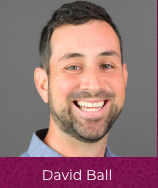 I met David Ball, Director of Headstream and Second Muse at a recent San Francisco “All Tech is Human” ethics event and shared that I’d grown weary of Silicon Valley startup programs that are essentially hypefests of vaporware and jargon focused on funding with ‘next round’ megabucks to pay off investors and yielding very little real life change.
I met David Ball, Director of Headstream and Second Muse at a recent San Francisco “All Tech is Human” ethics event and shared that I’d grown weary of Silicon Valley startup programs that are essentially hypefests of vaporware and jargon focused on funding with ‘next round’ megabucks to pay off investors and yielding very little real life change.
He understood my concerns with seeking projects that are not just reinventing the wheel or stuck in silos without collaboration and submitted to my e-interview which candidly asked to name names, give opinions, and leave the PR puff-n-stuff behind. He readily agreed, so here’s our first chat.
Q&A With David Ball, Director of Headstream
Shaping Youth: Give us a brief overview of who’s making positive waves. Any experiential, first person examples of entities moving the ball forward in terms of apps and concepts that are making big changes and headway in terms of reimagining health care solutions in the youth mental health sphere?
David Ball, Headstream: Over the course of the last year Headstream has covered a lot of ground while trying to identify where we could have the most impact as a program. That started by looking at mental health innovations that would primarily target health and education systems. We have gradually shifted our focus to a more inclusive and, admittedly, more ambiguous target of positive social technologies. This is a preface to say that a lot of our work to date around specific innovators has been more breadth than depth.
Over the next few weeks, leading up to the close of our Headstream Accelerator application window on January 10th, we will have a full library of hundreds of innovations that could lead to a really in-depth examination of this innovation space.
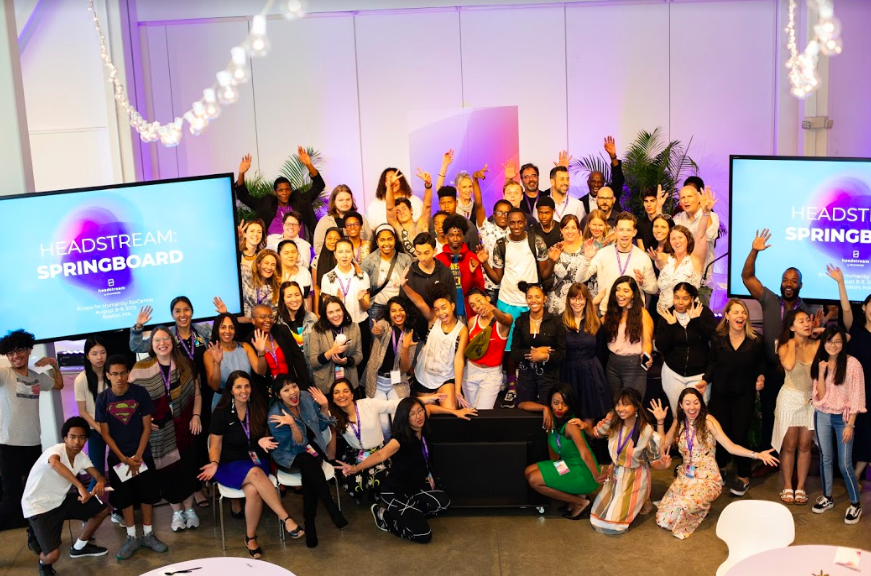 In August we brought together 60 folks to design new solutions for this space at an event called Springboard.
In August we brought together 60 folks to design new solutions for this space at an event called Springboard.
Many of the folks in the room, including a number of young people, are working on their own innovations. The impetus for the event, which was a two-day ideation lab, was that there is still a lot of room for new ideas in this space. Here are some of the organizations, innovations, and people we admire. Some are small and just starting out, others a well-established with a bit of traction. I’m happy to chat about why we think these are game changers:
Friend Camp
Interland
Between Two Screens
Roblox
Artidote
Artists for Humanity
Girls who Code
Q Space
Sad Girls Club
All Mental Health
Nick Allen at the University of Oregon
Michele Cortese – Inclusive VR spaces
Sutter Health is taking a deep dive into this space as well
Shaping Youth: What are some of the most prevalent topics and issues that consistently surface in needing more solutions and support and what are the barriers and ‘back offs’ that many have encountered with solving same? (e.g. youth teletherapy apps? Peer to peer mental health communities on or offline? Specialized chatbots or ways people are using tech for good in visionary new ways?)
DB, Headstream: I’d love for you to take a look at our Accelerator Overview, which goes in depth on where we believe the greatest need and opportunity exist.

Barriers
– Challenges around investment. Venture capital money is geared towards traditional metrics, health payer/providers have LONG runways for incorporating new technologies. We hope to showcase success stories to bring more funding to the space.
– Mental health is still a pretty nascent focus for health systems
– Wellbeing is not a focus, yet, for big tech companies who are focused on security, privacy, content moderation, and public perception
– Legal constraints that come with young populations as the primary market
– Challenging markets compared to the adult population – think school systems versus companies.
– Showing evidence of impact. This takes time and money
– Stigma around mental health
– Lack of successful examples of wellbeing technology
– Inclusivity of technology
Shaping Youth: How do you feel we can help connect those with similar projects to unite and collaborate vs replicate in separate silos?
DB, Headstream:
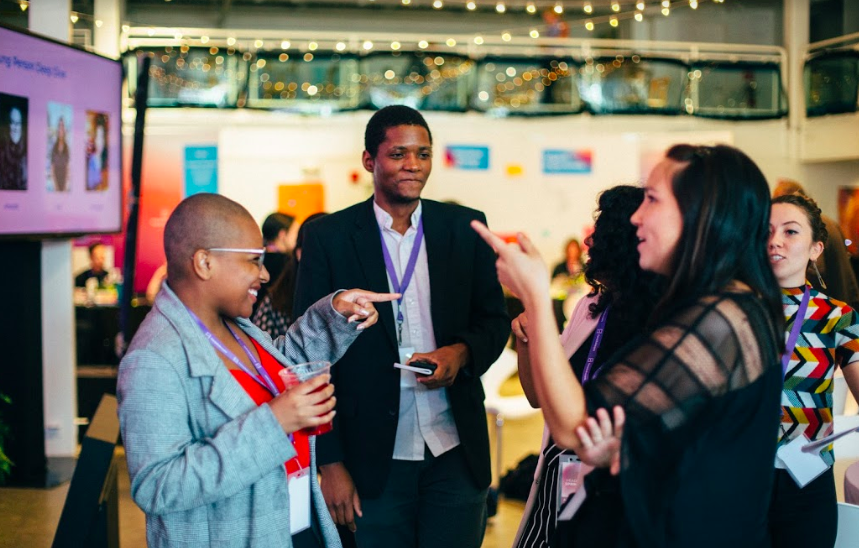 – We hear a lot about creating a common language as a first step in breaking down those silos.
– We hear a lot about creating a common language as a first step in breaking down those silos.
– We have thought about what it would look like to create a national organization that focuses on this work.
– Compared to other sectors that SecondMuse has worked in, this one actually doesn’t feel as siloed; it feels very nascent.
One approach we are taking with the Headstream Accelerator is to bring together two types of innovators across two tracks. One group of “ethical technologists” who are tech savvy and know how to meet the consumption demands of a young audience, and a second group of wellbeing experts who know what teens need as they are growing up from social and emotional skills to support in critical moments.
– From the outside, our program may look like it is very much focused on innovators, but in truth, the innovators are a catalyst to get more stakeholders to the table. If we are able to showcase a cohort of successful innovators in this space through Headstream, we believe governments, investors, schools, parents, media, tech companies will come to the table to participate.
Shaping Youth: What do you consider to be the biggest ‘value add’ to attendees of incubator style events like “Hack Mental Health (e.g. productization of startups? Mentoring? Venture capital exposure?)
DB, Headstream: I’ll frame this up for Headstream, which is a bit different than a short-term event. We work with innovators over a six-month accelerator. Each innovator is a bit different with unique objectives when they join our accelerator. For a researcher looking to commercialize their findings they may need some basic support about how to start a business. Often times we are a coach, a trusted listener, friend, and advisor to these innovators. For more well-established innovators, access to our network of over 300+ experts is invaluable as they look to pilot, scale, find investment, or enter new markets.
At the end of the day though, almost all of the innovators say that the most valuable resource are the other innovators in the cohort. Having those peers who they can bounce ideas off of and who are experiencing the same up and downs is incredibly beneficial.
Shaping Youth: Who’s doing some serious problem solving in the youth adolescent mental health sphere and how can we deploy best practices to jumpstart fresh innovators in this sphere?
DB, Headstream: These are some of our favorites:
Rehack
Telocity
SMHART team at University of Wisconsin
Loup Ventures
YR Media
Susan Crowne Exchange
JED
Active Minds
We’d like to believe that Headstream is joining this growing field and taking a different approach to bringing a community together. Through these questions and your introduction, I get a sense of frustration that we are not doing enough to work together. I’d love to learn more about your ideas for how to do this. We do not want to repeat past mistakes.
Shaping Youth: Thanks, David. I look forward to doing a more robust series on up and coming leaders ready to tackle youth mental health…
There are so many conduits for change and progress being made in youth mental health but it’s hard to discern what new ventures will scale and ‘stick.’
Meanwhile, I’ll continue to “Look for the helpers” in this era of stress and for many youth particularly tumultuous times…
Headstream is clearly one of them.










Speak Your Mind